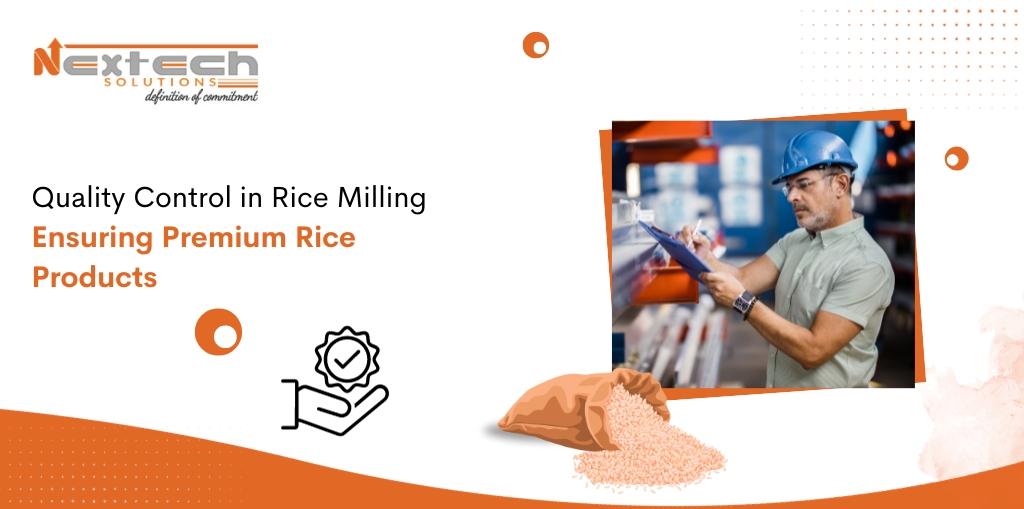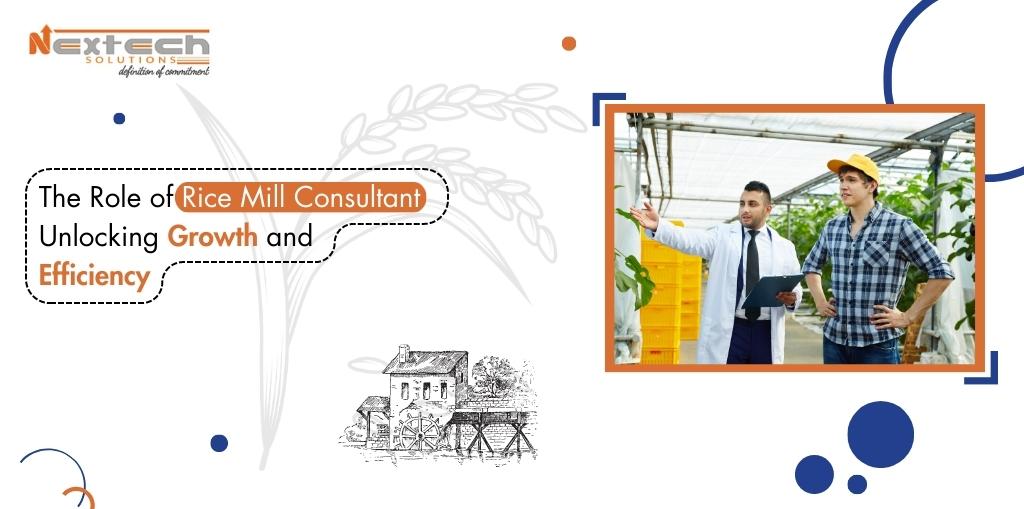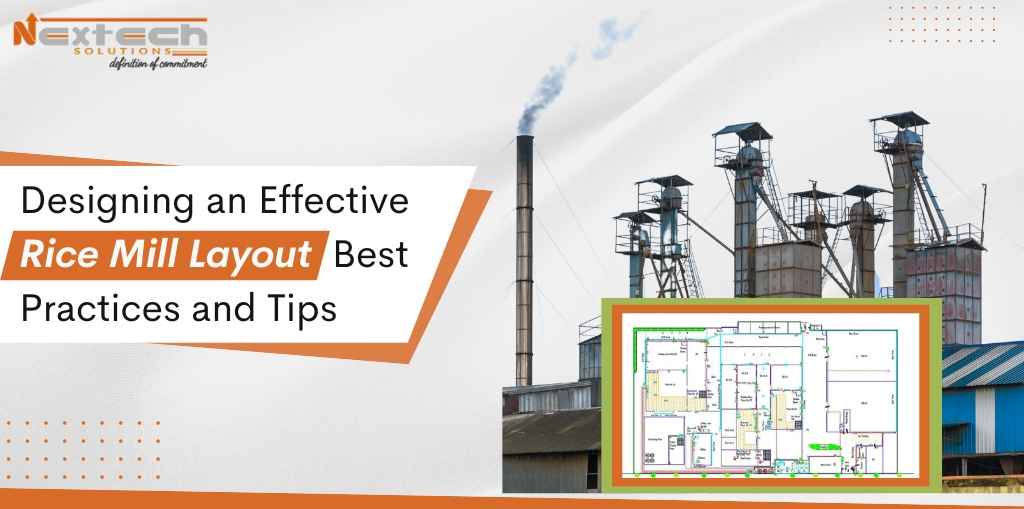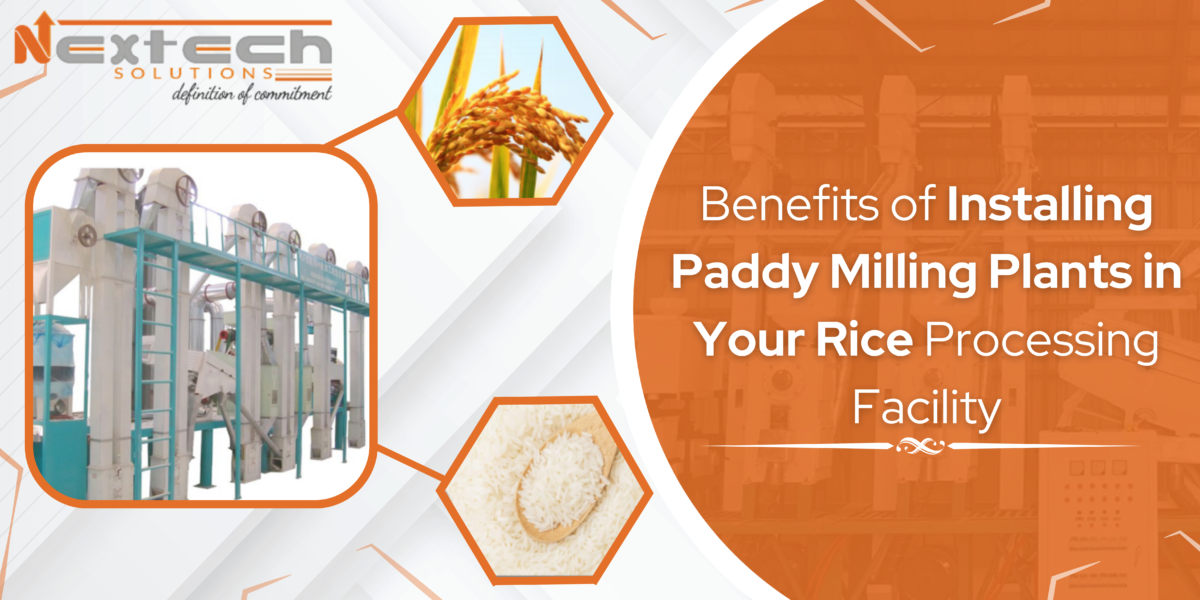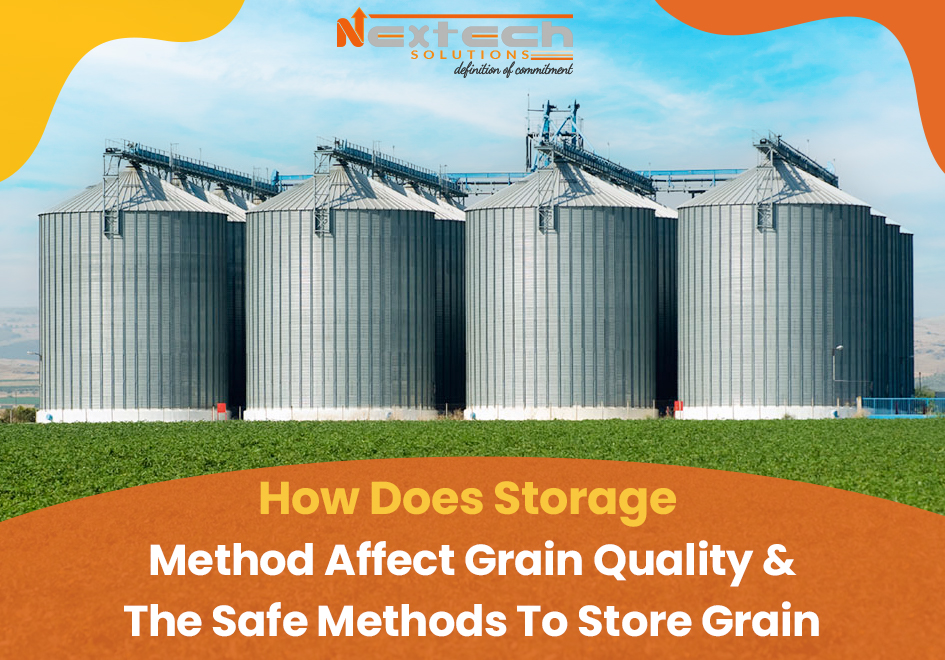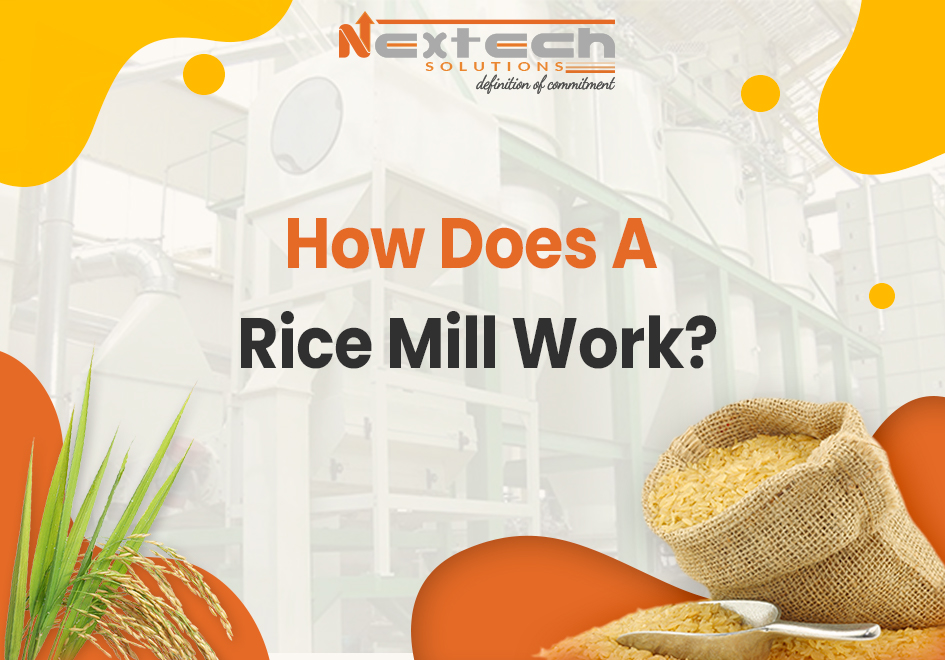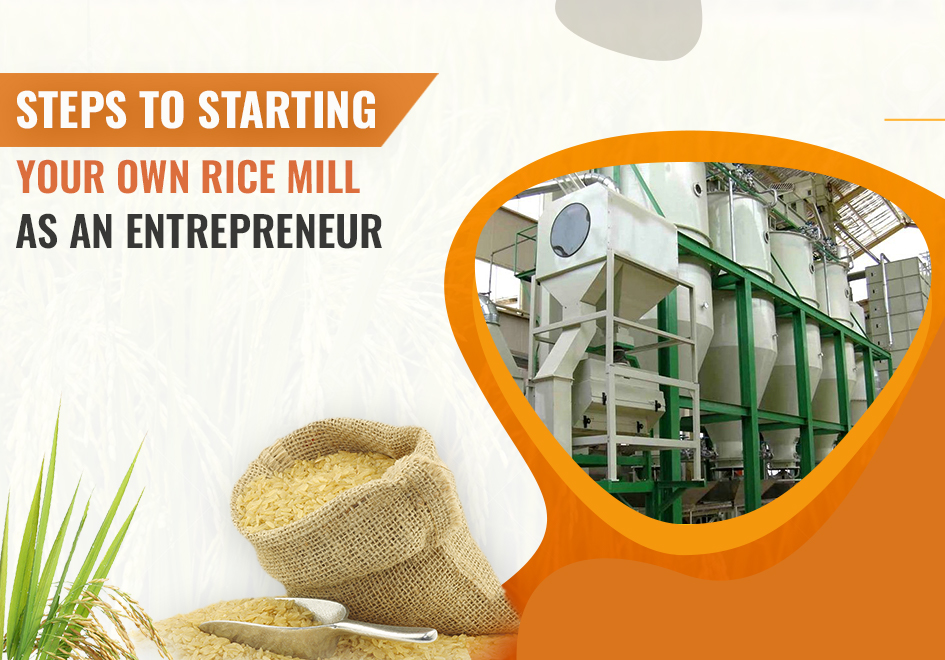In the ever-evolving world of agriculture and food production, the rice mill business plays a pivotal role in providing grain milling solutions that result in premium rice products. Ensuring top-notch quality control throughout the rice milling process is essential for delivering grains that meet the highest standards. Let’s delve into the world of rice milling and explore the measures required to uphold quality at every step.
The Importance of Quality Control
Quality control is the cornerstone of any successful rice milling enterprise. It is not merely a step in the process but a continuous commitment to excellence. Here’s why it matters:
Maintaining Taste and Aroma
When consumers think of premium rice, they often associate it with exquisite taste and aromatic richness. Quality control practices in rice milling preserve these essential characteristics. By carefully monitoring the milling process, the final product retains its inherent flavors and fragrances.
Meeting Health and Safety Standards
In the rice mill business, adherence to health and safety standards is non-negotiable. Quality control measures ensure that the rice products are free from contaminants, pesticides, and other harmful substances. This commitment to safety is vital for consumer trust.
Enhancing Shelf Life
Premium rice products need to have a reasonable shelf life without compromising quality. Quality control practices, such as proper packaging and storage conditions, extend the longevity of the rice, ensuring it remains fresh for an extended period. To achieve the highest quality in rice production, rice millers employ a range of quality control measures:
Precise Sorting and Cleaning
The initial step in rice milling involves sorting and cleaning the raw grains. Advanced machinery and technology are used to remove impurities and defective grains. This meticulous process sets the stage for a high-quality end product.
Optimal Milling Techniques
Milling is the heart of rice processing. State-of-the-art milling machines are employed to remove the outer husk and bran layers while preserving the integrity of the grain. Furthermore,. Controlling the milling process ensures that the rice maintains its shape and quality.
Grading and Packaging
After milling, the rice is graded based on size, shape, and quality. Premium rice products are carefully segregated from standard varieties. Proper packaging, often done in vacuum-sealed bags, prevents moisture and air from affecting the rice, preserving its freshness.
Ongoing Testing and Inspection
Quality control doesn’t end with packaging. We conduct regular testing and inspection of rice samples to monitor moisture levels, texture, and aroma.
Transitioning Towards Perfection
In the rice mill business, transitioning from good to great is an ongoing journey.
In conclusion, ensuring the quality of rice products in the rice milling industry is of paramount importance. Moreover, from the initial sorting of raw grains to the final packaging, every step must adhere to strict quality control standards. This commitment to excellence not only meets consumer expectations but also fosters trust in the brand. Additionally, to establish a comprehensive quality assurance strategy, it’s crucial to implement continuous monitoring and improvement practices. Furthermore, maintaining open lines of communication with suppliers and customers can also enhance quality control efforts.
 MAIL US :
MAIL US :
 CALL US :
>
CALL US :
>
